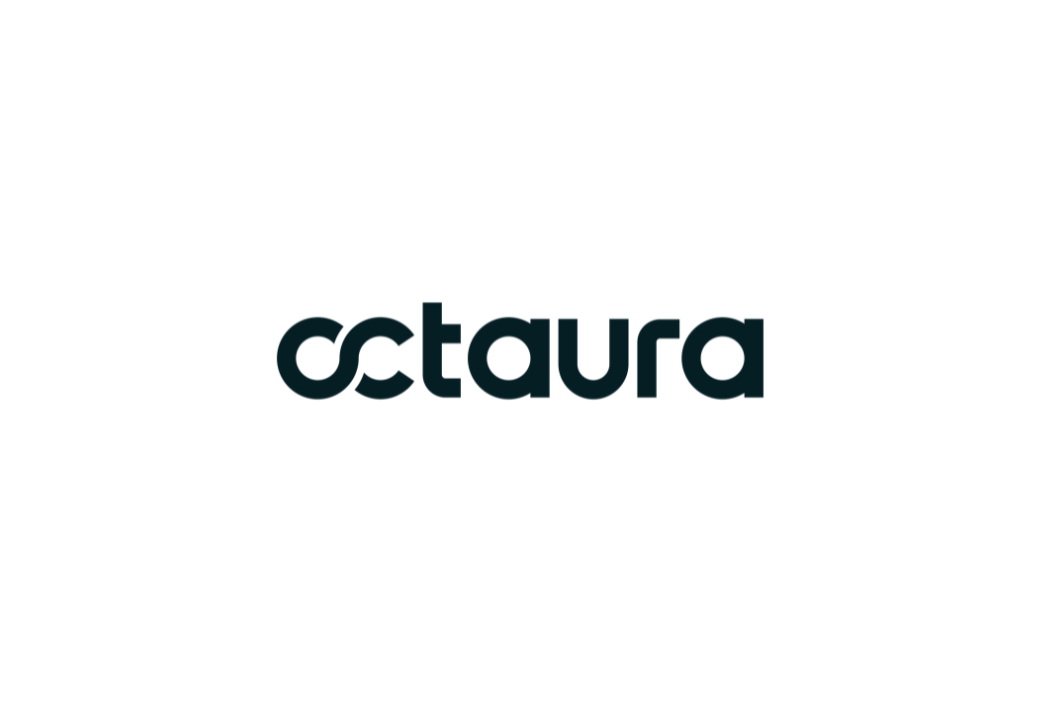.jpg)
June 17, 2024
Navigating today's high-dollar landscape
In early June, Octaura hosted a webinar on sourcing liquidity in today’s high-dollar environment for leveraged loans. Led by Howard Cohen, Octaura’s Vice President and Head of Sales, the event featured a panel of three buy-side/sell-side industry veterans who cumulatively manage more than $70 billion in loan AUM and account for many different pockets of capital, including par and distressed leveraged loans and CLOs, SMAs, mutual funds, ETFs, and others.
To illustrate the challenges in finding liquidity in today’s market, the Octaura team pulled key data from the 1,700 loans tradeable on the platform.
- As of late May, well over half of all loans were priced at par or higher
- 82% of the market was priced at or above 99 cents
- 65% were bid above par with an average inside market of 34.1c
- 80% were bid above 99 with an average inside mkt of 39.9c
- 13% of loans had an inside market of on-eighth or less
- 32% of loans have an inside market of one-quarter or less
- The overall average inside market was 43c
- There were nearly 500 more names at or above par in May 2024 versus Jan 2024
Combine these facts with the recent trend of high levels of repricing activity in the market, and it’s clear that finding liquidity can prove to be difficult. Our panelists discussed how they are navigating this high-dollar landscape for leveraged loans and the role that electronic trading can play in finding efficiencies.
Discipline and determination required
One key to meeting investment objectives in this environment is to remain disciplined, our panelists agreed. Avoid the temptation to chase risk and, in well-bid markets, pursue names that have not rallied with the rest of the market and are trading at a discount. Instead, practice patience, accept where the market is and consider scouring potential trades among above-par offers on a continual basis to find the best value and the most appropriate name for a particular investment strategy.
Relatedly, given today’s challenges, our panelists said they are finding liquidity with smaller trades – for example in the $2-million to $3-million range rather than the $10-million to $15-million range – and “grinding away” on individual names. And when it comes to portfolio trades, it’s important to utilize multiple dealers, they pointed out. Naturally, both of these approaches can complicate the process and add additional steps and time to evaluate various offers. But that seems to be today’s reality.
While overall trading volume has been reaching record highs, the vast majority of deals are repricings. In fact, less than 10% of recent volume has been new issuance. Our panelists said they don’t expect this ratio to change anytime soon, so traders need to be able to transact in the secondary market as efficiently as possible, particularly considering how long It’s taking for the market to move through the current wave of repricings.
Enter electronic trading
Next, our panel discussed the role that electronic trading can play in this type of market environment. When considering the challenges mentioned above with executing smaller trades more frequently and more often through various dealers, an electronic trading platform can offer several benefits to traders. If and when the entire dealer community is represented on a platform, our panelists said, it provides confidence to traders that they can achieve best execution.
Leading platforms offer a centralized experience where traders can organize the status of all counterparties from a bid-offer perspective, making the process of identifying the best axe – especially in the secondary market – less complex than via traditional, manual processes. Interestingly, the panelists agreed that they don’t necessarily rely on these platforms to pit dealers in competition with one another. Instead, they focus on which dealers are “happy” to trade with them rather than ones who do so “begrudgingly.” This not only leads to better execution on a given trade, but also can strengthen goodwill between counterparties over the long term.
When it comes to trading multiple names via BWICs or OWICs, the panelists noted the speed and efficiency advantages of trading electronically. However, they cautioned that they continue to evaluate the financial costs of electronic trading versus traditional trading (i.e., spreadsheets) and are keeping a close eye out for all stakeholders to join the electronic trading wave.
What’s next for the market?
As for the near-term future, our panelists said they expect strong demand to continue as new capital from institutional funds, retail funds, SMAs and other sources flows in. Simultaneously, they predict a prolonged high-dollar environment characterized by a significant level of repricings versus relatively few new-money transactions.
One panelist described the market as being “in the third inning” of the current repricing wave, signaling the ongoing need for all stakeholders to seek solutions that both drive efficiencies and inspire confidence around best execution wherever possible.



